The Role of Typography in Web Design
As we step into this digital age, web design becomes more important to point out the interest of the audience and turn it into loyal customers. Readability, scannability, and user experience can all be improved with typography which is a key element to the effective web design. Text arrangement which is called type design is one of the things which play the role of the key factor in the website design and decide about the web design aesthetic, readability, and usability. This blog will be on typography along its purpose in web design and how it adds the visual appeal and user experience among other elements.
1. Establishing Brand Identity:
Moreover, the typography does not only give an idea of what kind of brand the design represents. It is also responsible for setting the atmosphere and causing a particular feeling. The selection of fonts is able to carry messages of professionalism, imaginativeness, humour, or pleasantness which links the companys brand characteristics. Consistent typography sets in all web pages and platforms, binds visitors with the brand experience; and thereby, creates a sense trust and familiarity for them.
2. Enhancing Readability and Usability: A good font of typography goes of readability a great help to content web. Correct font choices, size and spacing help users to skim the information, presented by a website, at a quick glance, allowing them to easily understand what is written there. Comfortable to read typography is made possible with the well-designed type that removes difficulty in seing and provides ease in reading. In addition, it also helps users in allocating more time to spend in reading through the content as well as browsing for information.
3. Guiding User Attention:
Typography allows the designer to address different user parts and to guide them through content hierarchy. Through applying different types of fonts with varying sizes, weights, and styles that can draw attention to crucial titles, subheadings, and messages, web design does this. Typography that is well organized makes it fast and easy for the user to grasp the main points and provides them with directions for their way through the website without letting them down.
4. Creating Visual Hierarchy:
Giving the webpage a good look through perfected typography is as much critical as a balanced layout. Staffer than the different font sizes, their different weights, and their styles can build a visual hierarchy, organizing information in a way that is easy to be perceived and digested. Such a possibility gives users the opportunity to highlight the essential elements of the page, i. e. call–to–action buttons, announcements or anything that needs special attention.
5. Improving Brand Credibility:
While aesthetics are essential, there are additional aspects that contribute to unequivocal authority and professionalism, including consistency and professionalism in typesetting. A carefully organized and consistent typographic layout is what creates that special trust between the users and a brand, confirming the legality and authenticity of the brand. An aesthetically pleasing website designed with typography that strategically positions the elements helps develops an impression of attention to detail, which in turn makes an impact on the user perception driving the sales.
6. Responsive Design and Mobile Optimization:6. Responsive Design and Mobile Optimization:
As the propensity of mobile usage has risen, the essential role of typography in responsive web design is more prominent. Display fonts should be able to dynamically adapt and resize their features in different screen sizes and specific resolutions to make sure readability and usability are optimized. In addition to device specific problems, the choice of the typeface and the context sensitivity of the typography contribute to the good user experience while the website is viewed from any device.
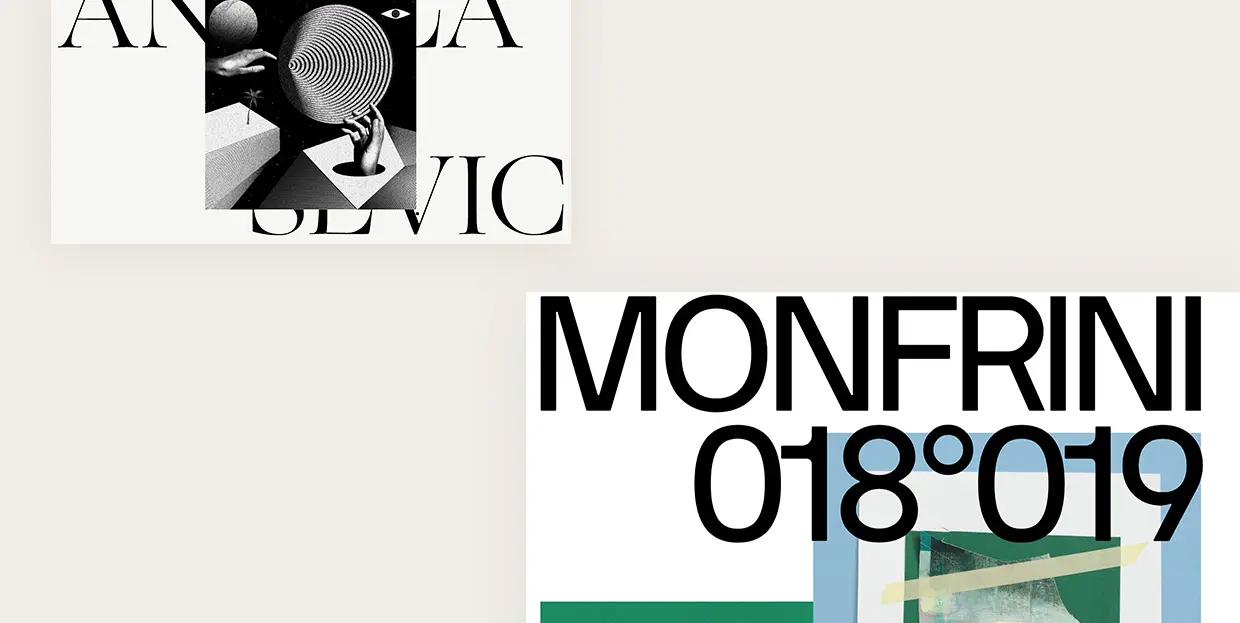
As we step into this digital age, web design becomes more important to point out the interest of the audience and turn it into loyal customers. Readability, scannability, and user experience can all be improved with typography which is a key element to the effective web design. Text arrangement which is called type design is one of the things which play the role of the key factor in the website design and decide about the web design aesthetic, readability, and usability. This blog will be on typography along its purpose in web design and how it adds the visual appeal and user experience among other elements.
1. Establishing Brand Identity:
Moreover, the typography does not only give an idea of what kind of brand the design represents. It is also responsible for setting the atmosphere and causing a particular feeling. The selection of fonts is able to carry messages of professionalism, imaginativeness, humour, or pleasantness which links the companys brand characteristics. Consistent typography sets in all web pages and platforms, binds visitors with the brand experience; and thereby, creates a sense trust and familiarity for them.
2. Enhancing Readability and Usability: A good font of typography goes of readability a great help to content web. Correct font choices, size and spacing help users to skim the information, presented by a website, at a quick glance, allowing them to easily understand what is written there. Comfortable to read typography is made possible with the well-designed type that removes difficulty in seing and provides ease in reading. In addition, it also helps users in allocating more time to spend in reading through the content as well as browsing for information.
3. Guiding User Attention:
Typography allows the designer to address different user parts and to guide them through content hierarchy. Through applying different types of fonts with varying sizes, weights, and styles that can draw attention to crucial titles, subheadings, and messages, web design does this. Typography that is well organized makes it fast and easy for the user to grasp the main points and provides them with directions for their way through the website without letting them down.
4. Creating Visual Hierarchy:
Giving the webpage a good look through perfected typography is as much critical as a balanced layout. Staffer than the different font sizes, their different weights, and their styles can build a visual hierarchy, organizing information in a way that is easy to be perceived and digested. Such a possibility gives users the opportunity to highlight the essential elements of the page, i. e. call–to–action buttons, announcements or anything that needs special attention.
5. Improving Brand Credibility:
While aesthetics are essential, there are additional aspects that contribute to unequivocal authority and professionalism, including consistency and professionalism in typesetting. A carefully organized and consistent typographic layout is what creates that special trust between the users and a brand, confirming the legality and authenticity of the brand. An aesthetically pleasing website designed with typography that strategically positions the elements helps develops an impression of attention to detail, which in turn makes an impact on the user perception driving the sales.
6. Responsive Design and Mobile Optimization:6. Responsive Design and Mobile Optimization:
As the propensity of mobile usage has risen, the essential role of typography in responsive web design is more prominent. Display fonts should be able to dynamically adapt and resize their features in different screen sizes and specific resolutions to make sure readability and usability are optimized. In addition to device specific problems, the choice of the typeface and the context sensitivity of the typography contribute to the good user experience while the website is viewed from any device.
Conclusion:
Typography will take the main stage during the web design process, creating your future website as one you both find appealing and offers good navigation. A website that is thoughtfully designed transcends mere beauty. It aims at elegance of expression to enhance readability, define focus points, create brand awareness, and develops trust and belief in the visitors. Through considerations of typography and various typographic aspects, web designers can ensure the stylish and usable sites that combine the good looks and pure functionality and satisfy users. Therefore, web design is not what words itself but a special tool for communication which helps to attract the user on a site.
For any of your web design challenges, Insoft Solution is always here on hand to always resolve your inquiry of an optimal type layout for your consumers.
Do You Have Questions?
1. Q: What do typefaces do to make the user experience particularly better?
A: Fonts influence the legibility, in effect making users focus on the content and, consequently, the visual component becomes almost imperceptible, and which results in improved comprehension and engagement.
2. Q: What would be the best font features to be accentuated while selecting fonts for a site?
A: Factors like readability, reasons why name of a brand is written in specific font, uniformity across all the devices, and finally the personality and character of the brand should be taken into consideration when choosing fonts.
3. Q: Would we answer yes or no: is the typeface an integral part of brand credibility?
A: Absolutely! Every detail matters for the brand, and a high degree of cohesiveness and professionalism concerned with the typography supports it. These factors steadily improve the perception of the brand by increasing the credibility to the public.
4. Q: What message does the typeface send on the site and how it affects the visual rhythm?
A: Putting various font sizes, weights, and kinds in use, designers manage to give a visual hierarchy and guarantee the users access critical parts of information easily and quickly.
5. Q: May users prefer TV font size or do they have a particular font size that they prefer for web content?
A: It is not so straight forward, one is supposed to design with all these perspective in mind, such as the screen resolution, viewing distance and the target audience. On the other hand, guidelines give a perspective that a font size of 16px or greater can be used for body text.
6. Q: What is the importance or weight of responsive type setting in web design?
A: Meanwhile, responsive typography aims at font adjustment and scaling in a way that is consistent to all the devices smaller and bigger than desktop. For example, it is helpful on mobile, tablet and desktop devices.
7. Q: In determining the manner of my websites fonts, should I use serifs or sans serifs?
A: Its a question or serif or sans-serif fonts depending on brand personality and the aimed brand image. Sans-serif typefaces are currently more widespread and cleaner due to such qualities rather than serif fonts are neat and can create the impression of the wealth and well-being of the surrounding environment.
8. Q: What is the best way to keep the typography of my website standard across all platforms?
A: Promulgating a manual of style that specifies acceptable fonts, sizes, variations in weights, and proper usages is an effective way to maintain the style integrity of all the sites and platforms.
9. Q: Is this typeface also available in other characters to support accessibility and other characterization needs?
A: Absolutely! Ensuring proper contract between the background and images that contain the text, applying alt text for images that contain text and using readable fonts for everyone are the main accessibility points to be taken into consideration.
10. Q: Apart from this, questions like can typography impact conversion rates on a website may also lead to further inquiries.
A: For example, typography assists us in directing the flows of transactions. Strong and convincing typography, can also highlight important features such as phrases like calls-to-action, which facilitate users to use them and as a result, they generate more conversions.
Note that Insoft Solution is always prepared to help you in case any more questions arise or you require an additional assistances regarding typography in the development of websites.
Categories: Website Designing and Development Company

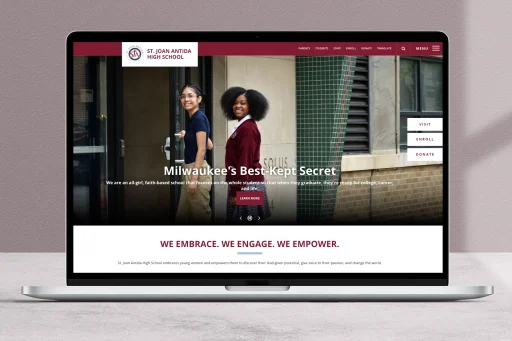



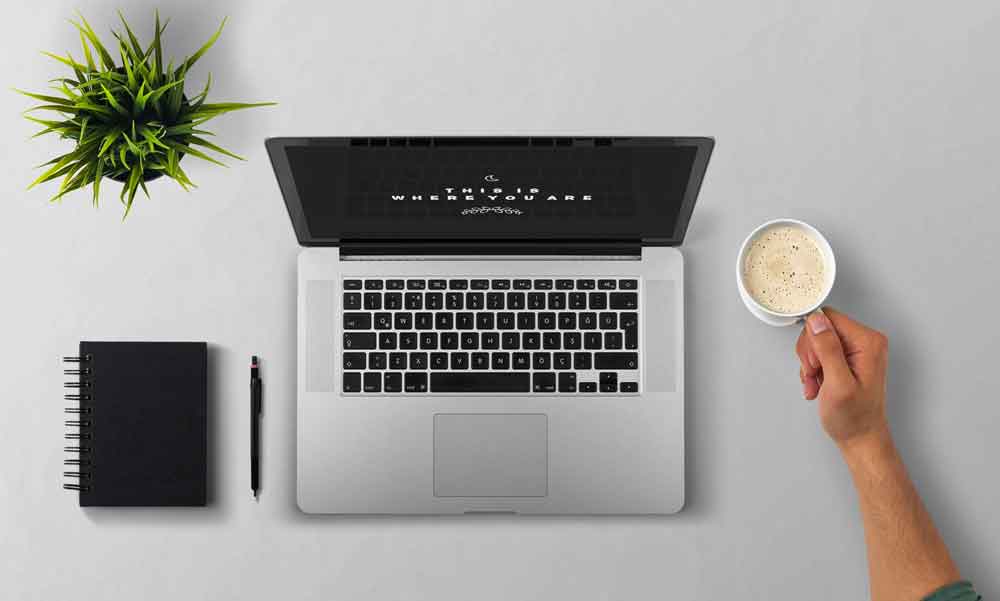


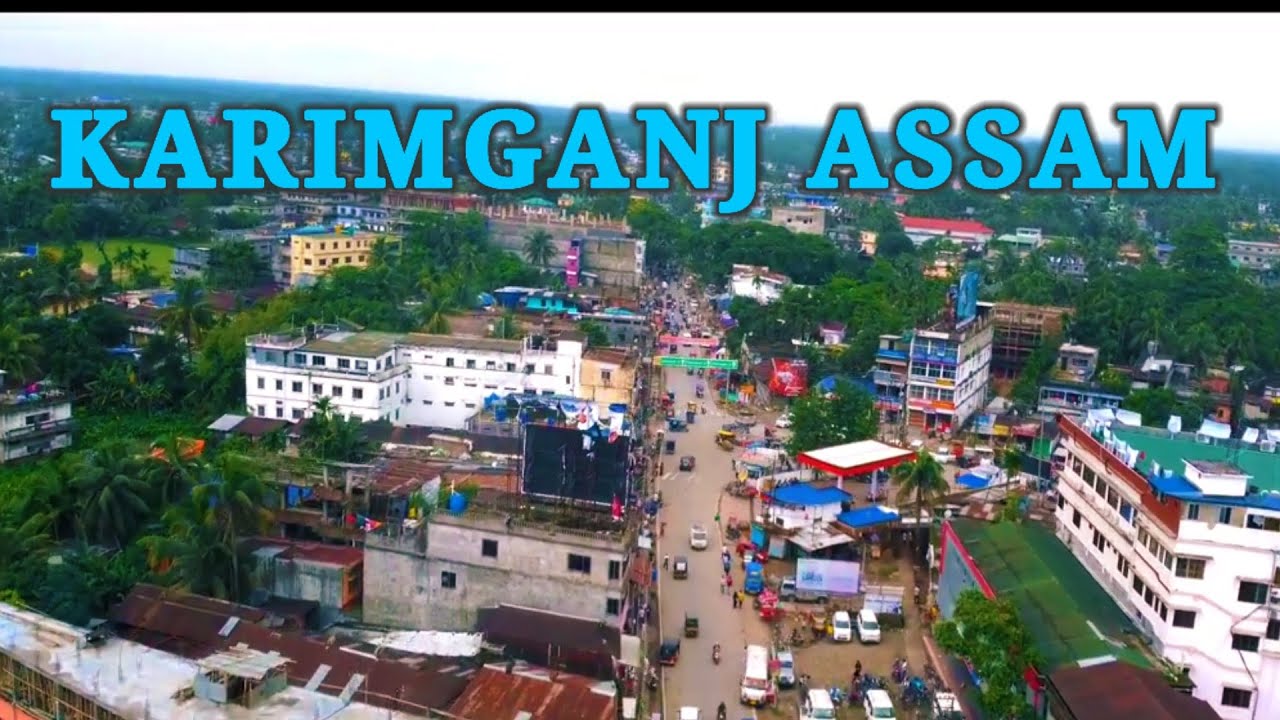

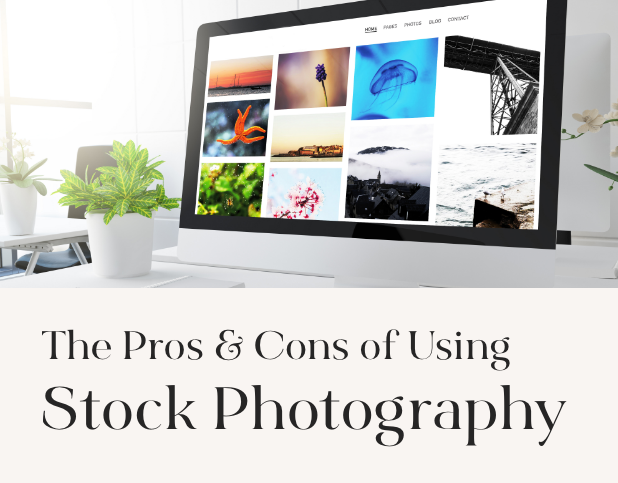

Leave a comment